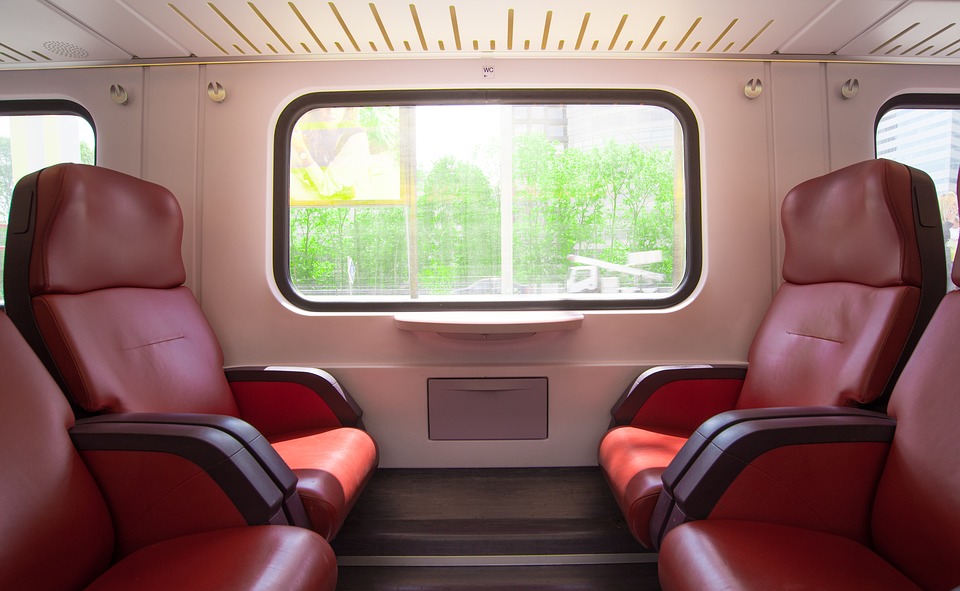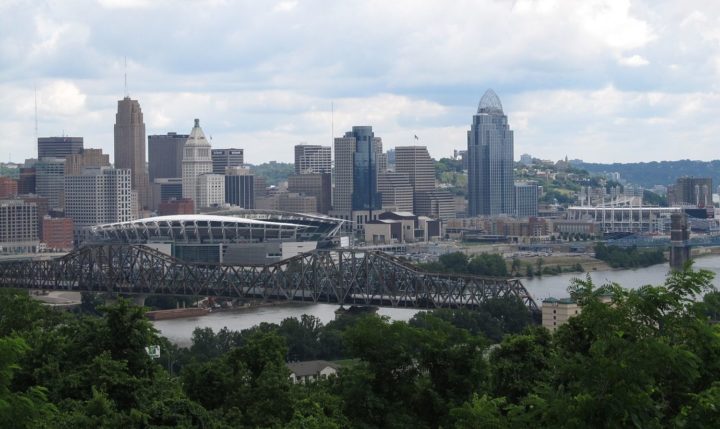For anyone that has experienced the chaotic disorder and stress that is induced by the dreaded rush hour each day, it probably comes as no surprise that commuting to work can be one of the worst aspects of any job.
This is especially true for Sheila James, a Stockton resident that gets up everyday at 2:15AM to take two trains and a bus to her office job, arriving at 7AM in San Francisco. While this might sound absurd, due to San Francisco’s astronomical house prices, this is a common occurrence for many bay area residents.
The issue is not just isolated to this area as many cities around the world, such as London, Tokyo and New York, also force residents further outside of central urban areas due to rising property prices. However, as technology and infrastructure improves, so do our chances of a smoother, quicker and simpler commute to work.
One city with big ambitions to change the way we travel to work is Columbus, Ohio. This mid-size city might not be recognized as a center of modern technology for transportation, but the city has high hopes of changing that. Last year it was announced that by 2019, residents of this Midwest city could see autonomous shuttles cruising through the streets with motion sensitive LED street lights that also provide free WiFi.
Moreover, the city plans on producing 175 smart traffic signals that aim to ease traffic jams and speed first responders’ paths throughout the city. Residents will also be able to use one app to plan and pay for trips that require multiple forms of public transport. The city of 790,000 people recently won federal funds worth $40 million from the US Department of Transportation’s Smart City Challenge which will promote Columbus’s smart city evolution.
While smart traffic signals are likely to contribute to a more efficient and direct route to work, it is likely that many of us won’t be behind the wheel in the not too distant future. Ramona Albert, the founder of Ramona Albert Architecture, recently published a post named “3 big ways sustainable design will shape future cities.” In the post she discussed at length how the number of cars in urban areas will be considerably lower in the future.
“Urban space is valuable. And cars take up too much of it. Between roads, bridges, parking spaces and physical vehicles, most downtown areas actually give away 50-60 percent of space to cars — a trend that, frankly, makes for uglier cities. Congestion also highly contributes to greenhouse gas emissions, contributing to 5.5 million deaths a year,” she stated.
Albert added that “more progressive cities already have started to sketch out their battle plans against cars. Almost two decades ago, Ghent banned cars from 86.5 acres of the city center and plans to broaden the car-free area by 37 more acres starting last month. A full 72 percent of citizens support the plan.”
The logic behind this is clear and anyone that has been caught in 5PM traffic in any major city is likely understand this. The house prices for the world’s largest and most densely populated areas might not be dropping in price, but with the introduction of new technology and infrastructure designs, such as the ones proposed by Columbus, our commute from more rural areas might be a lot more bearable in the near future.








